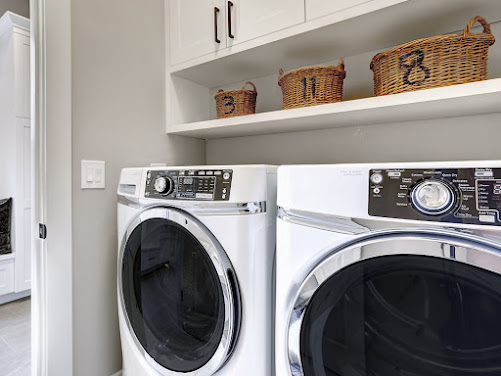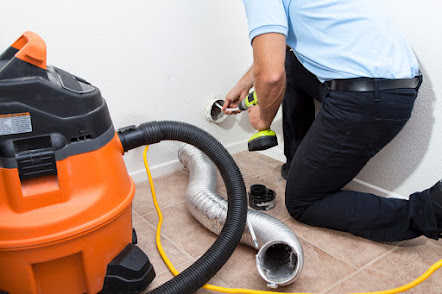Maintaining a wood stove chimney is crucial for both safety and efficiency. Over time, creosote buildup can pose serious fire hazards, while obstructions can impede proper airflow, leading to inefficient burning and potential smoke hazards. So, how often should you clean your wood stove chimney to ensure safe and effective operation? Let's delve into this important topic with insights from Chimney Pro.
Factors to Consider
Several factors influence the frequency of chimney cleaning:
1. Usage: The more frequently you use your wood stove, the more often you'll need to clean the chimney. Regular use leads to faster accumulation of creosote and debris.
2. Wood: Different types of wood produce varying amounts of creosote. Hardwoods like oak and maple create less creosote than softer woods like pine and cedar.
3. Moisture Content: Burning wet or unseasoned wood increases creosote buildup. Ensure your firewood is properly seasoned with a moisture content below 20% to minimize creosote formation.
4. Chimney Design: Chimneys with tight bends or narrow passages may accumulate creosote more quickly than a straighter, wider chimney.
General Guidelines
While individual circumstances may vary, the following are general guidelines for chimney cleaning frequency:
1. Inspect Regularly: Conduct visual inspections of your chimney at least once a month during the heating season. Look for signs of creosote buildup, such as shiny, tar-like deposits on the chimney walls, or any obstructions such as nests or debris.
2. Annual Inspection: Schedule a professional chimney cleaning in Maryland at least once a year, preferably before the heating season begins. A certified chimney sweep can identify any issues and recommend cleaning if necessary.
3. Frequency of Cleaning: Depending on the level of creosote buildup and other factors mentioned above, plan to clean your chimney every 1 to 3 cords of wood burned. However, if you notice significant creosote buildup or experience drafting issues, clean the chimney more frequently.
4. Monitor Performance: Pay attention to the performance of your wood stove. If you notice reduced heat output, increased smoke, or difficulty maintaining a fire, it could indicate a need for chimney cleaning.
DIY vs. Professional Cleaning
While some homeowners may feel comfortable cleaning their chimney themselves, others may prefer to hire a professional chimney sweep like Chimney Pro. DIY cleaning requires proper equipment, knowledge, and safety precautions, including using a chimney brush and rod system and wearing appropriate protective gear.
Professional chimney sweeps from Chimney Pro have the expertise and specialized tools to thoroughly clean and inspect your chimney, ensuring optimal safety and performance. Additionally, they can identify any potential issues early on and provide recommendations for maintenance or repairs.
Conclusion
Regular Chimney Cleaning MD is essential for safe and efficient operation of your wood stove. By considering factors such as usage, wood type, and chimney design, you can determine how often to clean your chimney. Remember to conduct regular visual inspections, schedule annual professional inspections, and monitor your wood stove's performance to ensure a warm and safe home during the heating season, with Chimney Pro by your side. For more service contact dryer cleaning and air duct cleaning maryland..jpeg)



Comments
Post a Comment